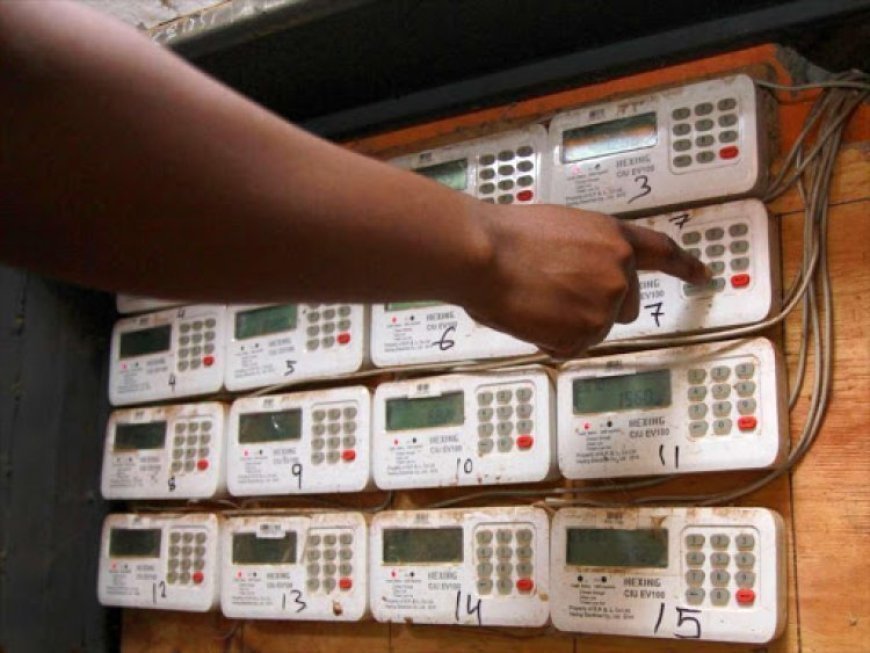Why Kenyans Will Pay More For Tokens, Electricity In November
The Energy and Petroleum Regulatory Authority (EPRA) cited three main drivers behind the increase.

Kenyan households are bracing for yet another spike in electricity bills, with November bringing an additional Ksh 4.78 per kilowatt hour (kWh). For an average household using 50 units, this translates to Ksh 237.50 more for the month.
The Energy and Petroleum Regulatory Authority (EPRA) cited three main drivers behind the increase. The largest is the fuel energy cost charge, now Ksh 3.81 per unit, reflecting the high cost of generating electricity from thermal power plants that rely on expensive imported fuel.
“Pursuant to clause 1 of Part III of the Schedule of Tariffs 2023, notice is given that all prices for electrical energy specified in Part II of the said Schedule will be liable to a fuel energy cost charge of plus 381 Kenya cents per kWh for all meter readings to be taken in November 2025,” the official notice stated. This is up from Ksh 3.69 in October, continuing an upward trend in fuel costs.

Daniel Kiptoo Bargoria, the EPRA Director General, in his speech on July 15, 2021. /EPRA KENYA
Currency fluctuations are another contributor. The foreign exchange adjustment adds Ksh 0.959 per unit in November, down from October’s Ksh 1.54 as the shilling strengthened against major currencies.
“Pursuant to Clause 2 of Part III of the Schedule of Tariffs 2023, Notice is given that all prices for electrical energy specified in Part II of the said Schedule will be liable to a foreign exchange fluctuation adjustment of plus 95.89 cents per kWh for all meter readings taken in November 2025,” the gazette notice read.
When Kenya imports fuel or pays independent power producers in foreign currency, a weaker shilling makes power more expensive.
September data showed the power sector collectively gained Ksh 1.59 billion from foreign exchange movements, with independent power producers taking Ksh 899.5 million of that.
Environmental costs also factor in. The Water Resource Management Authority (WRMA) levy adds Ksh 0.0129 per unit, slightly higher than October’s Ksh 0.0124.
“Pursuant to Clause 5 of Part III of the Schedule of Tariffs 2023, Notice is given that all prices for electrical energy specified in Part II (A) of the said Schedule will be liable to a Water Resource Management Authority (WRMA) levy of plus 1.29 cents per kWh for all meter readings taken in November 2025,” the notice added.
In September, Kenya generated and purchased 1.24 billion kWh, with hydropower contributing 257 million units.
These new charges stack on top of existing costs that remain: a 16% Value Added Tax (VAT), a 3-cent EPRA levy, and a 5% Rural Electrification Programme (REP) levy for rural power connections.
There is also an inflation adjustment charge, reviewed twice a year, with the next review due January 1, 2026.
While November’s increase is significant, it is slightly lower than October’s total rise of Ksh 5.24 per unit, driven by a higher foreign exchange adjustment.
In practical terms, a household consuming 100 units will pay Ksh 478 more this month than before these adjustments, putting further pressure on families already stretched thin.







